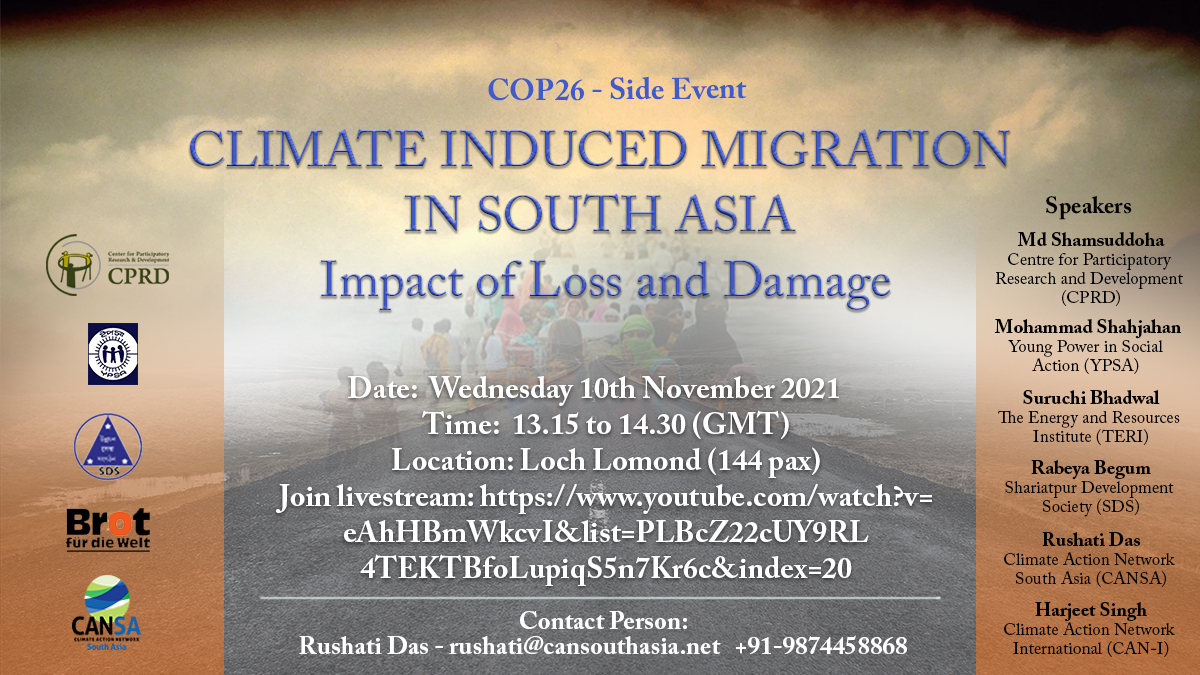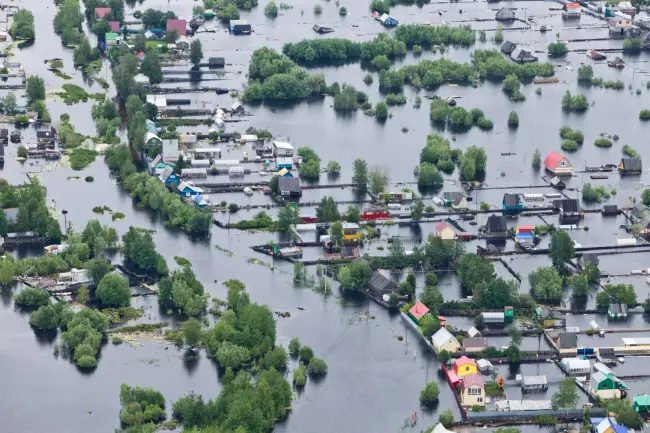The meteorological impact of climate change can be divided into two distinct drivers of migration; climate processes such as sea-level rise, salinization of agricultural land, desertification and growing water scarcity, and climate events such as flooding, storms and glacial lake outburst floods. But non-climate drivers, such as government policy, population growth and community-level resilience to natural disaster, are also important. All contribute to the degree of vulnerability people experience.
Refugee or Migrant?
Labels are important. One immediately contentious issue is whether people displaced by climate change should be defined as “climate refugees” or as “climate migrants”. This is not just semantics — which definition becomes generally accepted will have very real implications for the obligations of the international community under international law.
Campaigners have long used the phrase “environmental refugee” or “climate refugee” to convey added urgency to the issue. They argue that,in the most literal of the words, such people need to “seek refuge” from the impacts of climate change. Any other terminology, they maintain, would downplay the seriousness of these people’s situation. Moreover, the word “refugee” resonates with the general public who can sympathize with the implied sense of duress. It also carries fewer negative connotations than “migrant” which tends to imply a voluntary move towards a more attractive lifestyle.
See: UNHCR: Conflict, violence, climate change drove displacement higher in first half of 2021 (UNHCR)
The Interfaith Center for Sustainable Development conducted a Press Conference on the topic of Eco-migration, at the NGO Press Conference Room. Panelists present discussed forced migration, sometimes called ‘climate refugees’.
When: November 12, 2021 @ 4:45 PM GMT
Description: Eco-Migration. Raya Salter and Dan Galpern join Paul Beckwith and Regina Valdez to discuss eco-migration.
Where: Scottish Event Campus, SEC, NGO Press Conference room, PC-2 Durdle Door in the East Lomond Suite, Glasgow, Scotland
Panelists:
Raya Salter
Raya Salter is an attorney, educator and clean energy law and policy expert with a focus on energy and climate justice. She has worked on energy issues from NY, Hawaii to Oceania, and is the author of the book “Energy Justice – US and International Perspectives” (2018).
Dan Galpern
Dan Galpern is founder, executive director, and general counsel to Climate Protection & Restoration Initiative, a US nonprofit organization. He has served as legal and policy adviser to climate scientist Dr. James Hansen since 2011. Prior to the law, Dan worked for 20 years as a public interest analyst and advocate for human rights and global security.
Paul Beckwith
Paul is a Climate System Scientist who has taught at the University of Ottawa in the Laboratory for Paleoclimatology, as well as at Carleton University. Paul is a well know climate educator on YouTube with over 1,000 videos pertaining to climate science.
Regina Valdez
Regina is a Climate Reality Program Director, Leader and Mentor based in New York city. She is also a GreenFaith Fellow and a LEED Green Associate.
Source
Image Source
Also of relevance:

Climate induced migration


